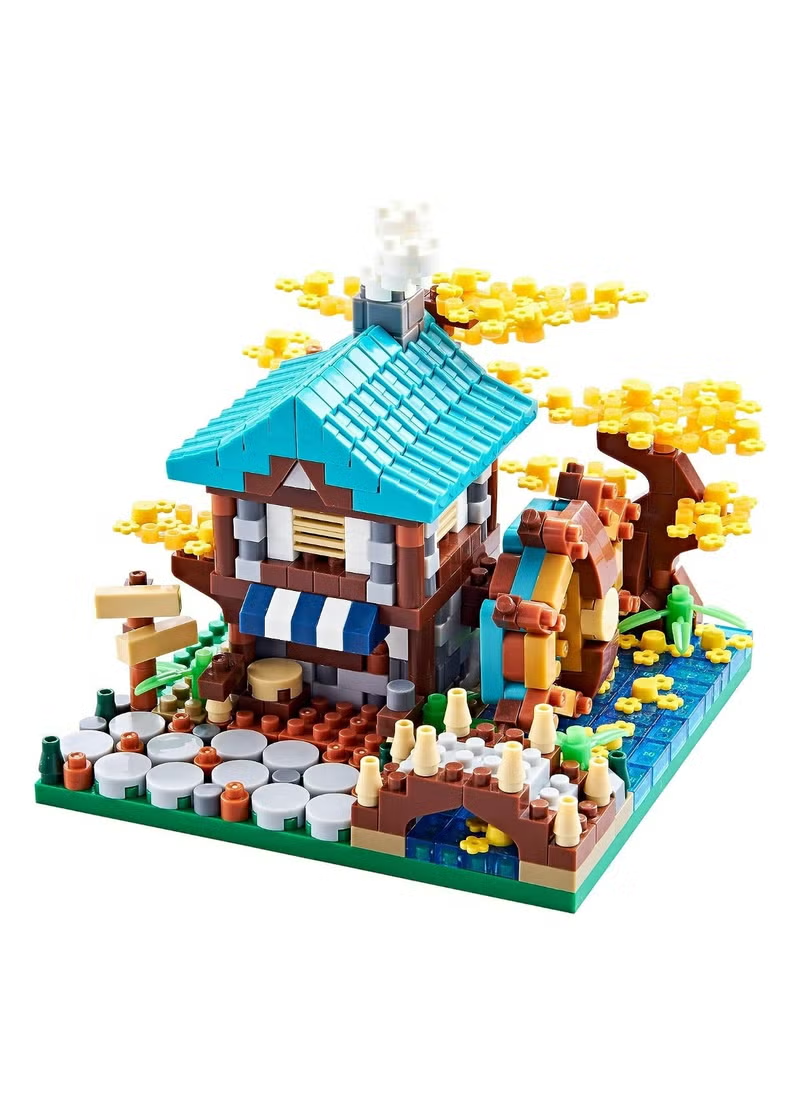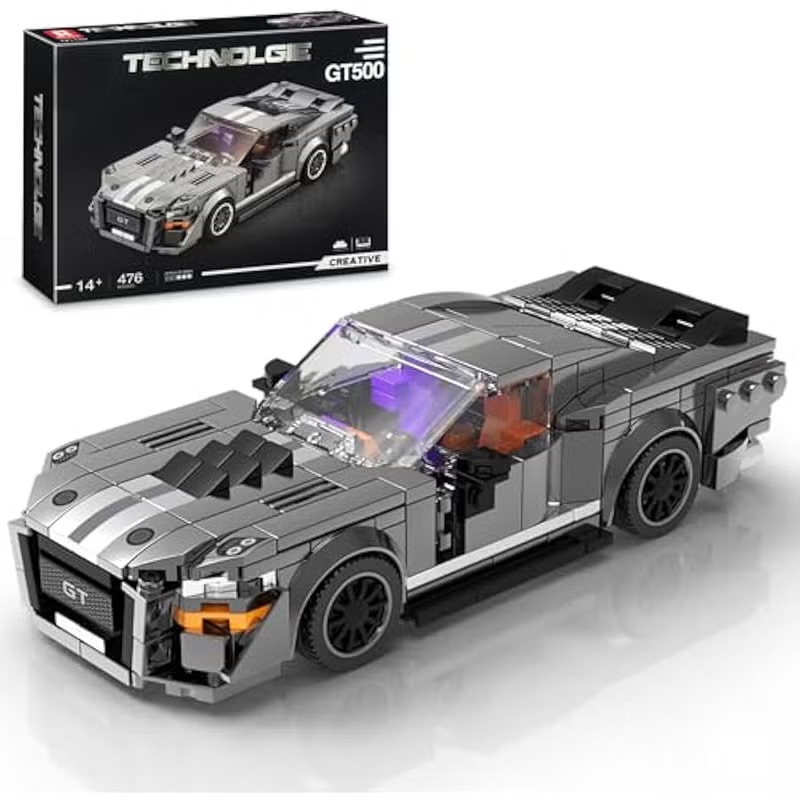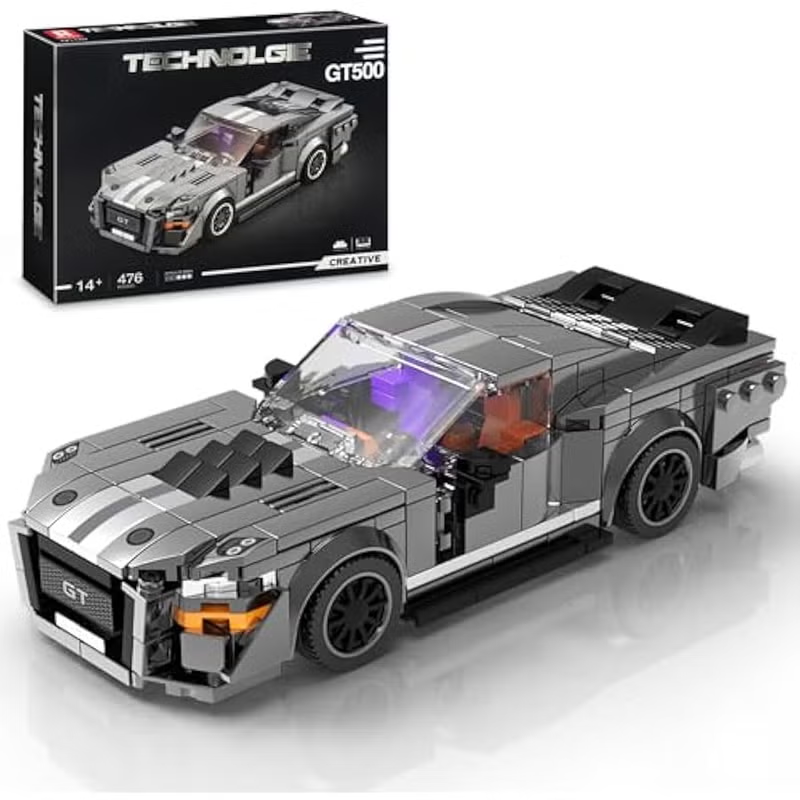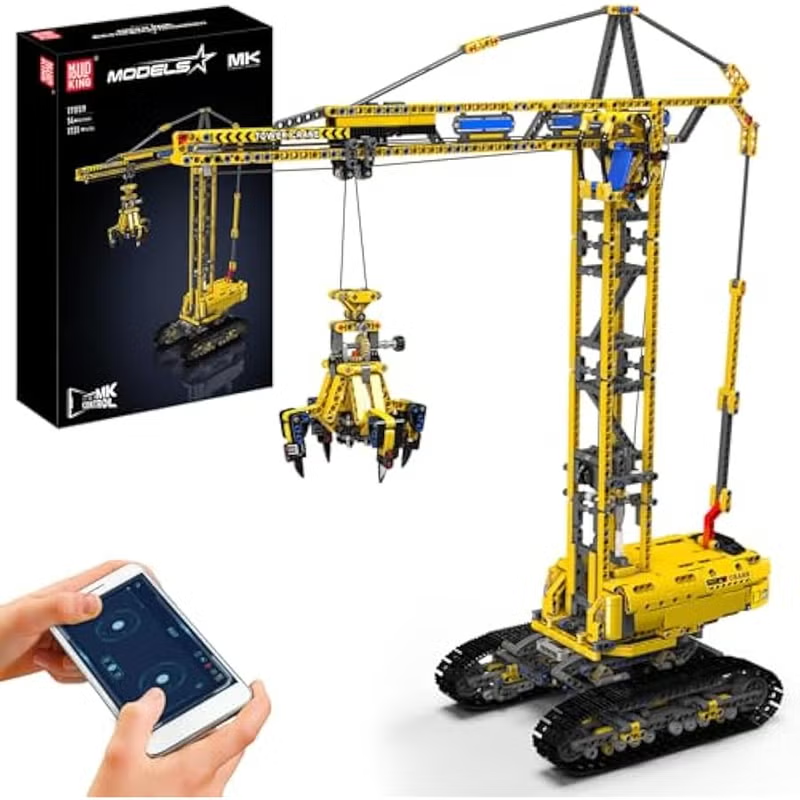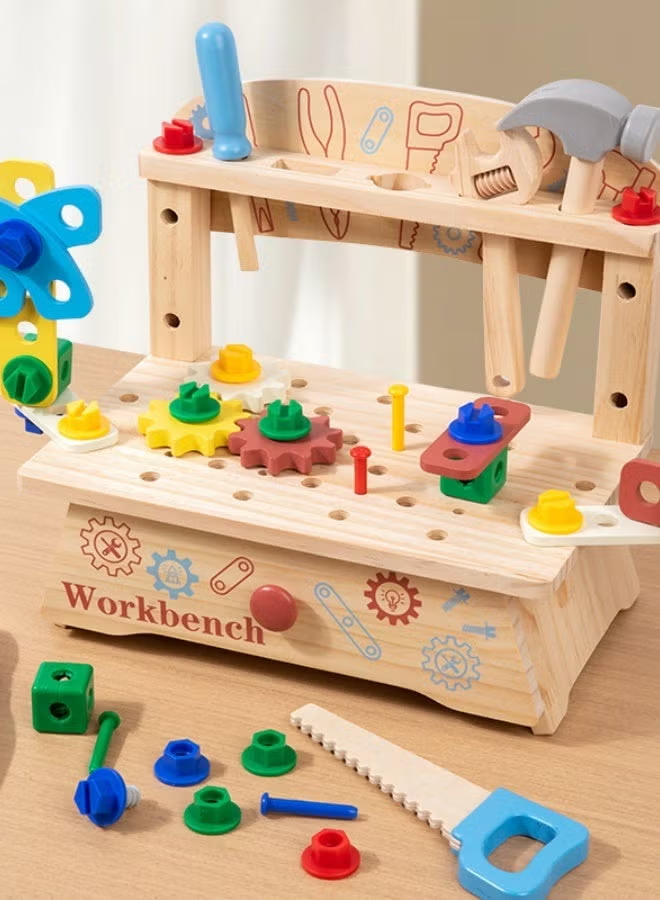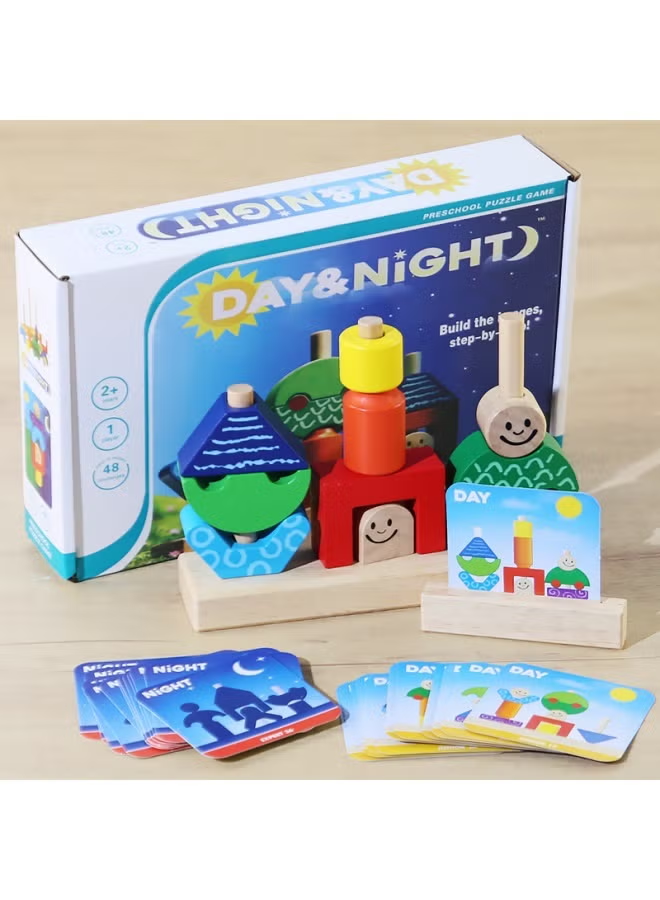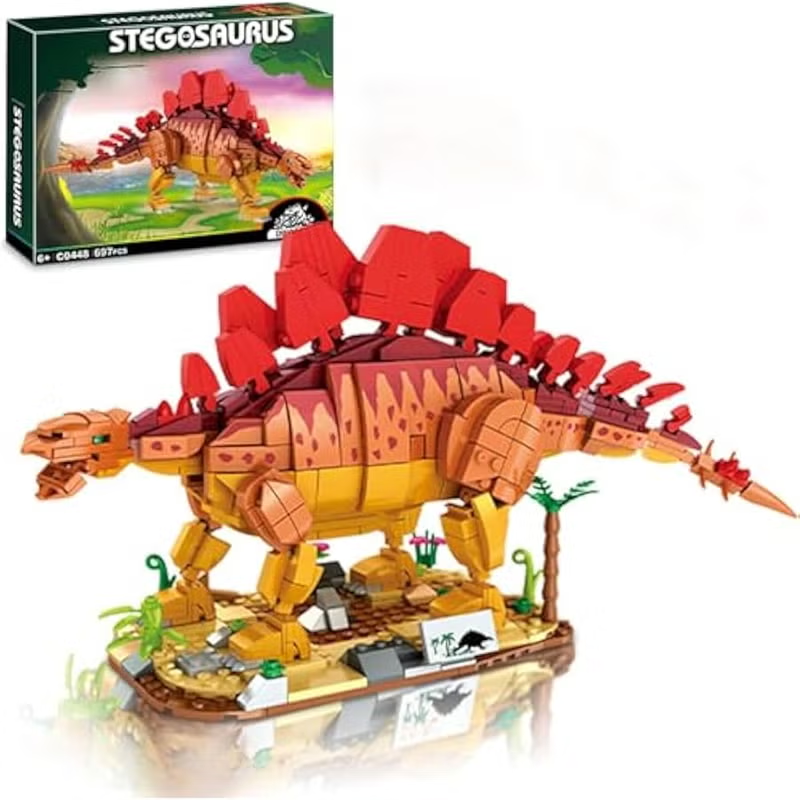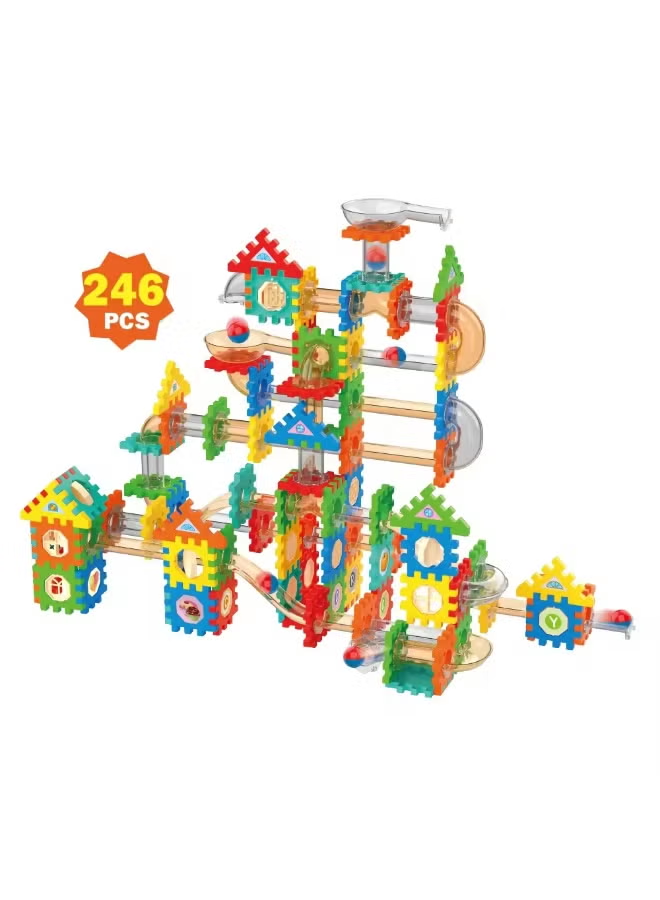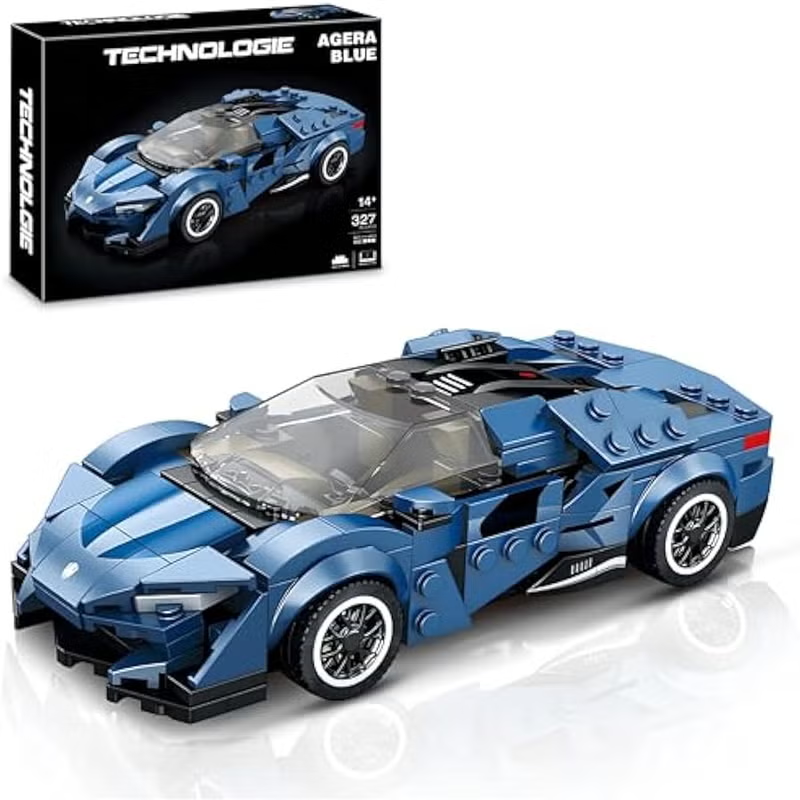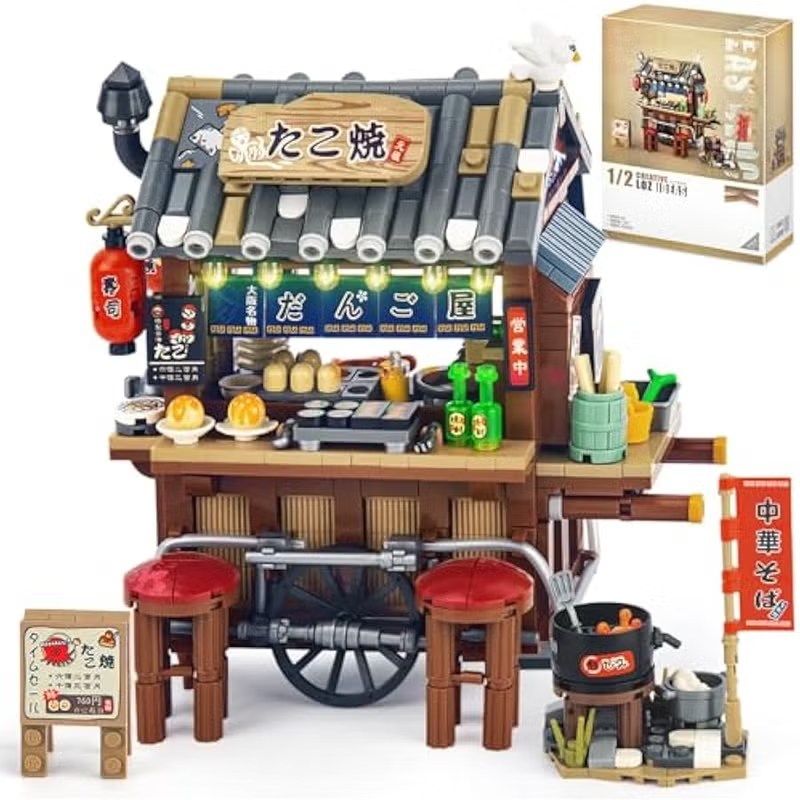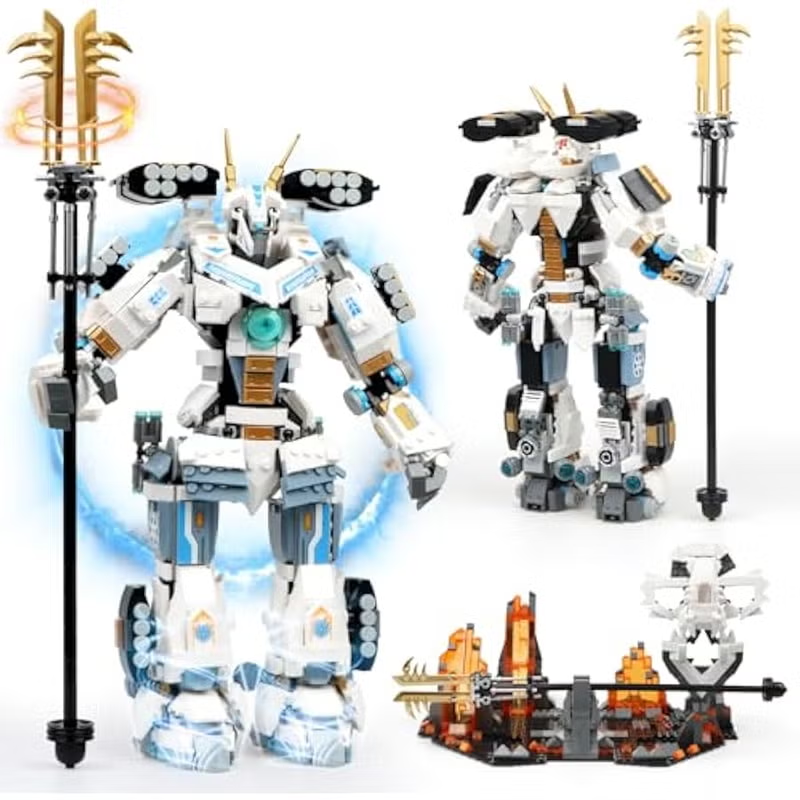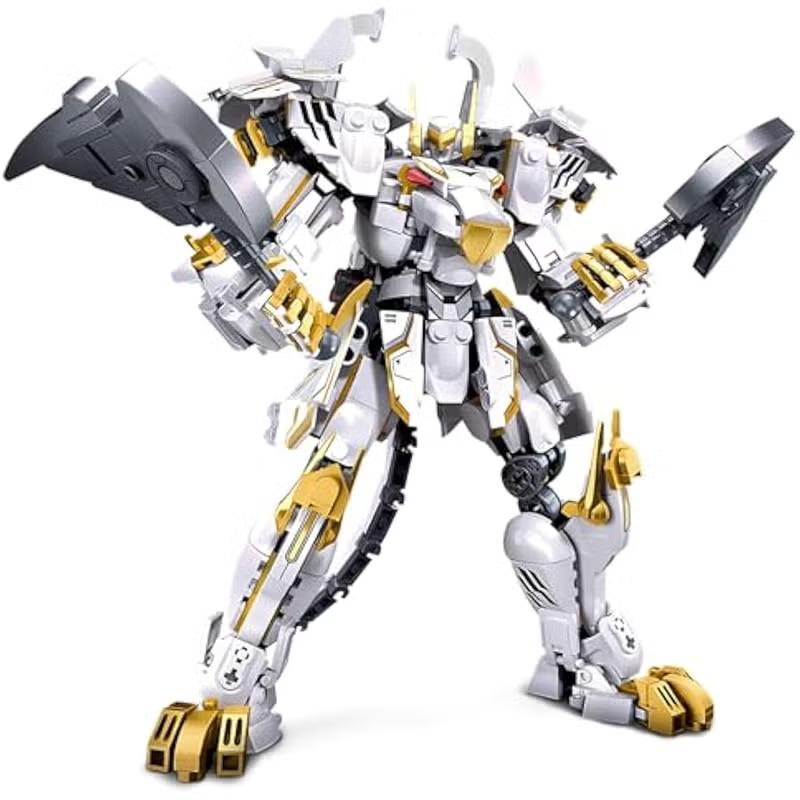This magnetic maze bead-running educational toy guides beads to move along the maze path through magnetic control components, focusing on cultivating concentration and coordination abilities. When children use it, they need to use magnetic tools to control the beads to avoid obstacles and reach the target position. During the process, they can gradually exercise hand-eye coordination, logical planning thinking and concentration. It is suitable for scenarios such as daily family leisure, parent-child interaction or early education assistance. The product requires no complicated installation or additional accessories; it can be used immediately after opening with a low operation threshold. Children can explore the gameplay independently or carry out interactions under the guidance of parents. Made of safe materials suitable for children's contact, it has a smooth surface without sharp edges, and long-term use will not cause adverse effects on children's bodies. It provides children with a safe and practical educational experience, helping them improve their abilities while playing.
- It has targeted educational development functions. Through the core gameplay of guiding beads through the maze with magnetic force, it exercises children's key abilities in multiple dimensions. When children control the beads, they need to concentrate on observing the maze path and planning the moving direction of the beads. During the process, they need to coordinate hand movements to control the magnetic tools, thereby simultaneously improving hand-eye coordination and fine motor control abilities. At the same time, when facing obstacles and forks in the maze, they need to analyze path logic and adjust movement strategies, gradually cultivating logical thinking and problem-solving abilities. This design that integrates ability development into play allows children to naturally improve their core literacy while focusing on exploring the maze, without deliberate training. It conforms to the laws of children's cognitive development, meets parents' core needs for educational toys, and helps children improve their abilities in a relaxed atmosphere.
- It adopts a convenient magnetic control design with no complicated operation steps. Children only need to use the supporting magnetic tools to easily guide the beads to move in the maze, without additional force or complex skills, and the difficulty of getting started is low. The magnetic adsorption force is moderate, which can not only ensure that the beads move stably following the control direction and avoid the beads falling off due to weak adsorption force, but also not increase the control difficulty due to too strong adsorption force, ensuring the smoothness of the play process. This user-friendly operation design allows children of different age groups to control the gameplay independently without relying on parents' full assistance. It can not only cultivate children's sense of independent exploration but also reduce the burden of parents' company. At the same time, it avoids children losing interest due to complex operations and prolongs the playtime.
- It is suitable for various daily usage scenarios. Whether it is leisure time at home, parent-child interaction links, auxiliary teaching activities in early education institutions, or play scenarios in community children's activity rooms, this magnetic maze bead-running educational toy can be used conveniently. The product has a moderate size and is easy to carry, which can be easily put into a bag. It can be taken out and used at any time, whether it is for home use, during travel, or during children's interaction links at family gatherings. No specific venue conditions are required; it can be played normally even in a small space, without being restricted by the environment. This wide scenario adaptability makes the toy a practical educational carrier in different occasions, meets diverse usage needs, enhances its practical value in daily life, and avoids the toy being idle due to scenario restrictions.
- It has great potential for parent-child interaction and social ability cultivation. In family scenarios, parents can participate in maze challenges with their children, enhance emotional communication and tacit understanding between parents and children by cooperating to plan the bead path and guiding each other's skills; they can also carry out parent-child competitions, such as competing to see who can guide the beads to the target faster, and increase interactive fun in relaxed competition. In group scenarios, multiple children can form teams to complete complex maze tasks or conduct group competitions. During the process, they need to communicate strategies and cooperate with each other, gradually cultivating children's sense of teamwork and communication skills. This interactive gameplay breaks the limitation of single-person play, making the toy a carrier for connecting parent-child relationships and promoting children's social interaction. At the same time, it helps children learn to listen and share during interaction, which meets the needs of children's emotional communication and social ability cultivation in the growth process, and enhances the comprehensive use value of the toy.
- It has great potential for parent-child interaction and social ability cultivation. In family scenarios, parents can participate in maze challenges with their children—not only cooperating to plan the bead path and guiding each other's skills, but also guiding children to analyze the causes of mistakes and summarize optimization methods when they encounter path confusion, thereby cultivating children's reflective ability simultaneously during interaction. When conducting parent-child competitions, interesting forms such as "time-limited challenges" and "multi-path exploration" can be set up, which not only enhance interactive fun, but also help children learn to respect rules and accept wins and losses in competition. In group scenarios, when multiple children form teams to complete complex maze tasks, a "division of labor and cooperation" model can be naturally formed—for example, some are responsible for observing the overall path, while others focus on local control. During the process, they need to express their ideas clearly and listen to peers' suggestions, gradually improving the effectiveness of communication. After group competitions, by jointly reviewing the challenge process, children's summary ability and sense of team honor can also be cultivated. This interactive gameplay breaks the limitation of single-person play, making the toy a carrier for connecting parent-child relationships and promoting children's social interaction. At the same time, it helps children learn to listen, share and cooperate during interaction, which not only meets the needs of children's emotional communication and social ability cultivation in the growth process, but also further explores the in-depth value of the toy in ability cultivation through detailed interactive scenarios, enhancing the comprehensive use experience.











































































































































































































































































































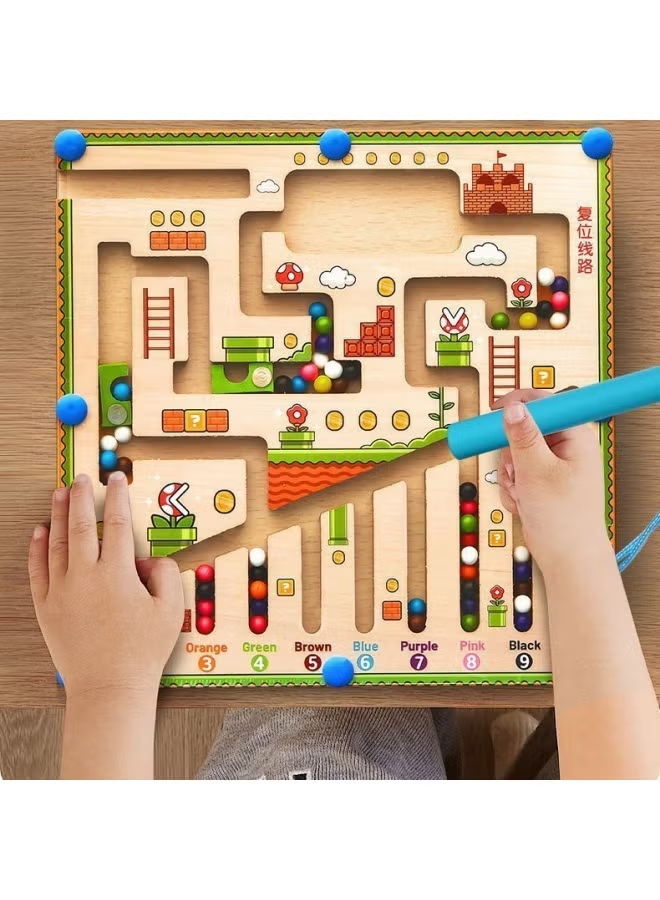

 تحویل بین 28 آذر الی 07 دی
تحویل بین 28 آذر الی 07 دی
 گارانتی اصالت و سلامت فیزیکی کالا
گارانتی اصالت و سلامت فیزیکی کالا
 ارسال رایگان به سراسر کشور
ارسال رایگان به سراسر کشور
